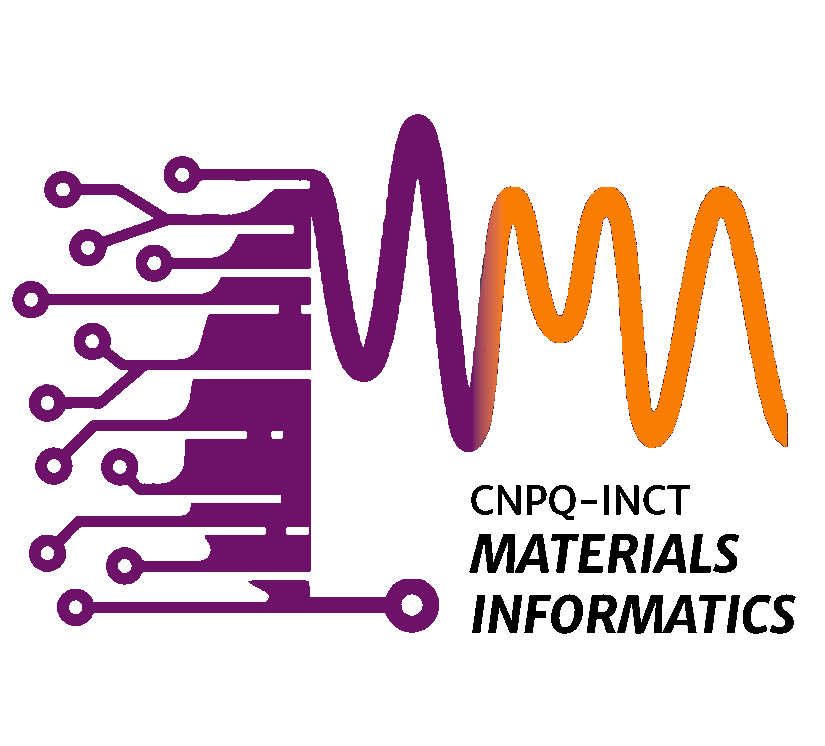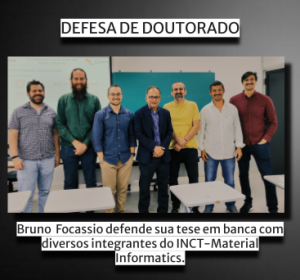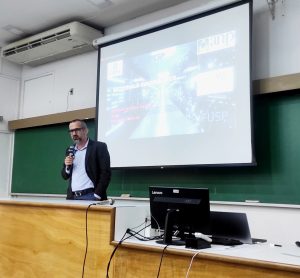
Publicações de Gustavo Dalpian
Yadav, Asha; Acosta, Carlos Mera; Dalpian, Gustavo M.; Malyi, Oleksandr I. First-principles investigations of 2D materials: Challenges and best practices Journal Article Em: Matter, vol. 6, não 9, pp. 2711-2734, 2023, ISSN: 2590-2385. Resumo | Links | BibTeX | Tags: 2D materials, materials design, materials realization, optical properties2023
@article{YADAV20232711,
title = {First-principles investigations of 2D materials: Challenges and best practices},
author = {Asha Yadav and Carlos Mera Acosta and Gustavo M. Dalpian and Oleksandr I. Malyi},
url = {https://www.sciencedirect.com/science/article/pii/S2590238523002370},
doi = {https://doi.org/10.1016/j.matt.2023.05.019},
issn = {2590-2385},
year = {2023},
date = {2023-01-01},
journal = {Matter},
volume = {6},
number = {9},
pages = {2711-2734},
abstract = {Summary
The successful exfoliation of graphene from graphite has brought significant attention to predicting new two-dimensional (2D) materials that can be realized experimentally. As a consequence, first-principles studies of novel 2D materials become routine, with thousands of papers published every year. What makes these studies interesting is that they predict new materials that have not been realized yet but should be a panacea for topological insulators, next-generation battery electrodes, novel solar cell absorbers, etc. There is no doubt that some of the proposed materials can provide a specific solution, and their properties/performance can be confirmed experimentally. At the same time, there are many false predictions because of the computational errors or the Legoland approach used to study 2D materials. To reduce the gap between theoretical and experimental works, we performed a systematic review of computational and Legoland factors that should be minimized in future theoretical works.},
keywords = {2D materials, materials design, materials realization, optical properties},
pubstate = {published},
tppubtype = {article}
}
The successful exfoliation of graphene from graphite has brought significant attention to predicting new two-dimensional (2D) materials that can be realized experimentally. As a consequence, first-principles studies of novel 2D materials become routine, with thousands of papers published every year. What makes these studies interesting is that they predict new materials that have not been realized yet but should be a panacea for topological insulators, next-generation battery electrodes, novel solar cell absorbers, etc. There is no doubt that some of the proposed materials can provide a specific solution, and their properties/performance can be confirmed experimentally. At the same time, there are many false predictions because of the computational errors or the Legoland approach used to study 2D materials. To reduce the gap between theoretical and experimental works, we performed a systematic review of computational and Legoland factors that should be minimized in future theoretical works.
Destaques de Gustavo Dalpian
Orientados e Supervisionados por Gustavo Dalpian

Lucas Martin Farigliano
Vínculo: Pós-Doutorado
Instituição: Universidade de São Paulo (IF-USP)
Laboratório: MattDesign
Projeto: Construção de Plataformas Nanoestruturadas para Prevenção e Detecção da COVID-19 (CAPES – Epidemias)

Henrique Ferreira
Vínculo: Doutorado
Instituição: Universidade Federal do ABC (UFABC)
Laboratório: MattDesign
Projeto: Construção de Plataformas Nanoestruturadas para Prevenção e Detecção da COVID-19 (CAPES – Epidemias)
Currículo Lattes – ORCID – Google Scholar

Lucas Bandeira
Vínculo: Mestrado
Instituição: Universidade Federal do ABC (UFABC)
Laboratório: MatDesign
Projeto: Em breve

Fernando Sabino
Vínculo: Pós-Doutorado
Instituição: Universidade de São Paulo (USP)
Laboratório: MatDesign
Projeto: Em breve
Currículo Lattes – ORCID – Google Scholar
Defesas de orientados por Gustavo Dalpian
Desculpe, nenhuma publicação.




